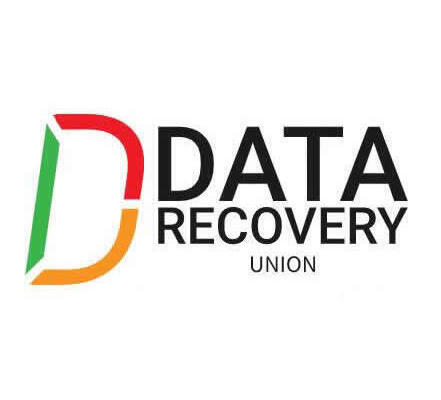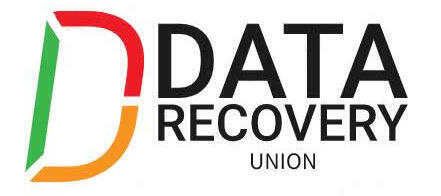 Here’s a scenario many computer users are familiar with: You’re sitting at your computer late at night (or early in the morning) trying to finish up a term paper you have submit for your Online MBA when suddenly your computer crashes. You restart your computer only to see what every college student dreads—your paper has gone missing. This is an all too common occurrence. Sometimes it’s an entire music library instead of a class paper, but the result is still the same: your data is gone. Luckily there are numerous tools to help you recover your files. Many of them cost an exorbitant amount of money, but there’s a simple, open source tool that will make short work of any missing data: PhotoRec.
Here’s a scenario many computer users are familiar with: You’re sitting at your computer late at night (or early in the morning) trying to finish up a term paper you have submit for your Online MBA when suddenly your computer crashes. You restart your computer only to see what every college student dreads—your paper has gone missing. This is an all too common occurrence. Sometimes it’s an entire music library instead of a class paper, but the result is still the same: your data is gone. Luckily there are numerous tools to help you recover your files. Many of them cost an exorbitant amount of money, but there’s a simple, open source tool that will make short work of any missing data: PhotoRec.
Features
PhotoRec can operate under all contemporary operating systems, including all versions of Windows, Linux and BSD, Solaris and Mac OS X. Additionally, the source code for the program can be compiled on nearly all Unix systems, making it a universal file recovery tool. It ignores the file system and can recover lost files from FAT, NTFS, EXT2/EXT3 and HFS+ filesystems, even if they’re damaged. It can also recover from virtually any media, including hard disks, CD-ROMS, memory cards, portable media players and some cameras. The total list of file formats that PhotoRec can recognize and recover encompasses over 300 file extensions.
How to Use PhotoRec
When files are lost, users need to be aware that they should not save any data to the disk drive until the files are recovered. Recovering files with PhotoRec is an incredibly simple process, unless the files have been overwritten. Also, because PhotoRec recovers files as it’s scanning the disk drive, there should be a secondary drive attached to store the recovered data. There are different steps that need to be taken if data is to be recovered from an iPhone or CD/DVD, but the following steps will work for virtually all other media in a Windows environment.
1) Download and install PhotoRec
The program should be downloaded onto the secondary drive that will be used to store the recovered data. This can be a flash drive, external backup drive or a separate internal drive with enough space to store the missing files. If there is an unaffected partition on the same drive, that partition can be used instead of a secondary drive.
2) Run the PhotoRec program
In Windows Vista or 7, PhotoRec must be run by an account with Administrator access. Right-click the executable and select “Run as administrator”.
3) Select the disk and partition to recover from
Drives will be labeled according to the Linux labeling scheme (/dev/sda, /dev/sdb, etc.) and will display their total space, free space, make and model. Select the proper drive, and then select the partition table type. If using Windows or Linux, the partition table type will be Intel. After this, select the partition the missing files are located on. The PhotoRec user will need to know how the system is partitioned in order to recognize which partition to select.
4) Select options (optional)
At the bottom of the partition selection screen, the user can choose from options that will affect the recovery process. Most users should leave the settings alone and should only change them if they are fully aware of what they do.
5) Select file types to recover (optional)
Also on the bottom of the partition selection screen of the File Opt menu, which allows users to select which file types PhotoRec will attempt to recover. If only music files are missing, the user can disable all file types and only select audio file types.
6) Select Partition type
After all settings have been selected, users will be required to select the partition’s filesystem type. If the filesystem is ext2/ext3/ext4 (Linux), the user should select the ext2/ext3 option. If the filesystem is of another type, the user should select Other. After this, the user must tell PhotoRec whether to scan the entire partition or only the sections of the partition that are currently marked as empty. If no files have been written since the data was lost, scanning the free space should be enough.
7) Select the disk and partition to store recovered data
The user will be asked to select a drive (if there is more than one available), partition and directory in which to store the recovered information. By selecting a separate drive or partition, the recovered data is guaranteed not to overwrite any further missing data.
8) Wait
Depending on the size of the disk and the options selected, the recovery process can take as little as a few minutes or as long as several hours. When the recovery is finished, a summary will be displayed showing the total number of recovered files and their files types. Recovered files will be stored on the destination drive under recup_dir.1, recupt_dir.2, etc. sub-directories. The file names will not be recovered, but the full files should be available.


